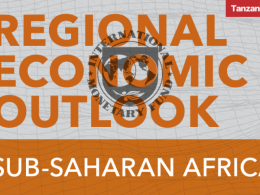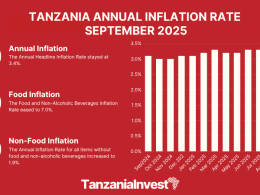IDA, the World Bank’s fund for the poorest countries, approved on 31st March 2020 a credit of USD 500 million to enable millions of young Tanzanians to access and complete secondary education in safer and better learning environments.
The Secondary Education Quality Improvement Project (SEQUIP) will directly benefit about 6.5 million secondary school students by strengthening government-run schools and establishing stronger educational pathways for students who leave the formal school system.
The five-year operation is based on four pillars: empowering girls through secondary education and life skills, digitally-enabled effective teaching and learning, reducing barriers to girls’ education by facilitating access to secondary schools, project coordination, monitoring, and evaluation.
SEQUIP uses a disbursement mechanism that is phased, and releases funds in tranches only when previously agreed results have been achieved.
These include increasing access to schools, improving education quality for all public secondary education options, and supporting more children to re-enter the formal public system if they drop out.
“Tanzania, like many countries around the world, is suffering from a learning crisis, where children are either not in school, or are in school but not learning,” said Jaime Saavedra, Global Director for Education for the World Bank.
He explained that “Of 100 children who start school in Tanzania, less than half will finish primary and only three will complete their upper secondary schooling. This is a crisis. This project will support better quality secondary education, while helping make school a safer place where children can thrive, and where all girls, no matter the circumstances, have a pathway to complete their secondary education.”
Over the past two years, about 300,000 children, half of them girls, have been unable to continue their lower secondary education due to insufficient space in public schools.
With SEQUIP the population of secondary education students in Tanzania could double to 4.1 million by 2024.
Tanzania Secondary Education
Tanzania’s Free Basic Education Policy has led to more children entering school: primary enrollment rose from 8.3 million to 10.1 million between 2015 and 2018, while secondary enrollment increased from 1.8 million to 2.2 million.
But despite better access, the secondary education system suffers from low quality and high dropout rates.
Nearly 60,000 students (30%) fail to complete their schooling each year, and children are not learning enough, particularly in mathematics and science, due to a lack of skilled and motivated teachers, large class sizes, and a poor learning environment.
In addition, an estimated 5,500 Tanzanian girls who are pregnant drop out every year.










